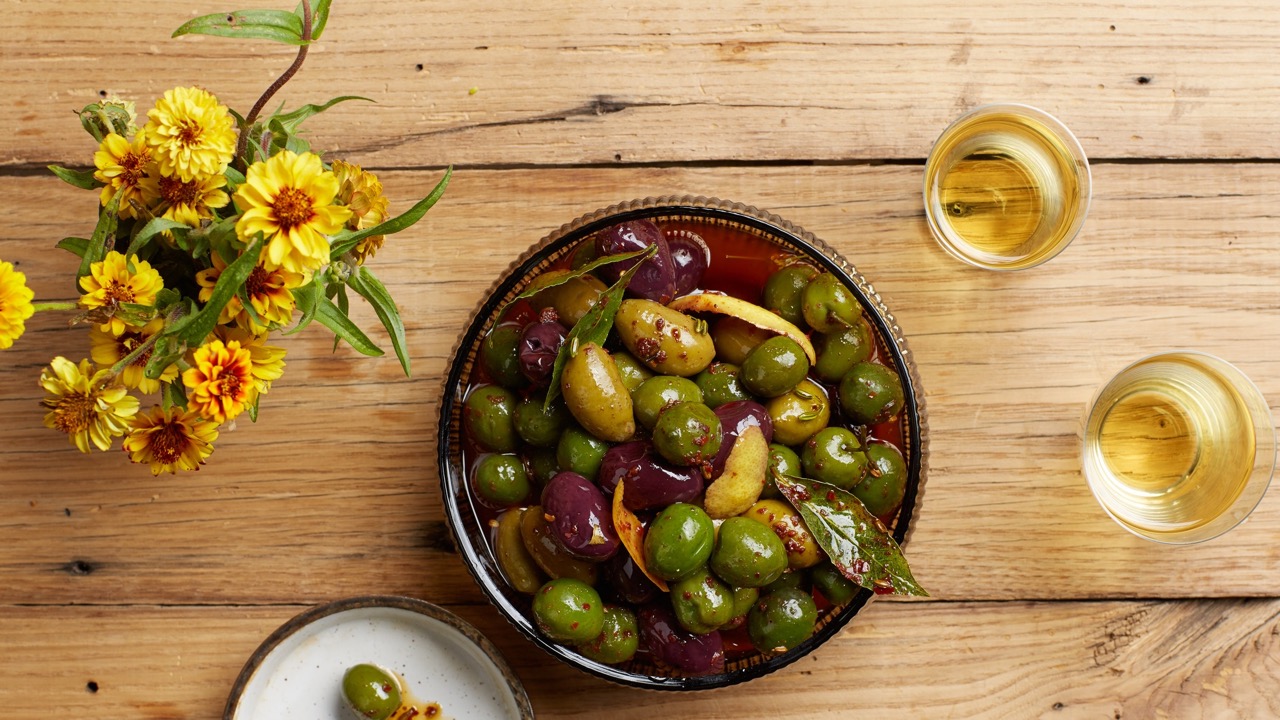

Articles
How To Store Olives
Modified: December 7, 2023
Learn the best methods for storing olives with these informative articles. Keep your olives fresh and flavorful for longer.
(Many of the links in this article redirect to a specific reviewed product. Your purchase of these products through affiliate links helps to generate commission for Storables.com, at no extra cost. Learn more)
Introduction
Welcome to the world of olives! Whether you consider yourself an olive enthusiast or are simply intrigued by these small, versatile fruits, learning how to store olives properly is essential for preserving their flavor and texture. Olives are a staple in many Mediterranean cuisines and are enjoyed for their unique taste and nutritional benefits.
In this comprehensive guide, we will explore the different types of olives, discuss the factors to consider when selecting olives for storage, and delve into various methods of storing olives to maintain their quality. Whether you have a jar of olives that needs proper storage or you have just harvested fresh olives from your own tree, this article will provide you with all the information you need to keep your olives fresh and delicious.
So let’s dive into the wonderful world of olives and discover how to prolong their shelf life while keeping their rich flavors intact. Whether you are a gourmet chef looking to enhance your culinary creations or a home cook who wants to elevate dishes with the addition of olives, understanding the art of olive storage is key. Let’s get started!
Key Takeaways:
- Properly storing olives is crucial for preserving their flavor and texture. Whether at room temperature, in the refrigerator, or freezer, choosing the right method ensures you can enjoy olives for an extended period.
- From selecting the best olives to preparing and storing them, mastering the art of olive storage allows you to savor their rich flavors and nutritional benefits. Experiment with different methods to find the perfect one for your culinary adventures.
Read more: How To Store Olive Oil
Understanding Olives
Before we delve into the intricacies of storing olives, it’s important to have a basic understanding of these unique fruits. Olives are a type of fruit that grow on olive trees, which are native to the Mediterranean region. They come in a variety of sizes, shapes, and colors, with the most common colors being green and black.
Olives have been cultivated for thousands of years and are not only known for their culinary uses but also for their health benefits. They are packed with antioxidants, healthy monounsaturated fats, and various minerals and vitamins, making them a nutritious addition to your diet.
It’s important to note that olives are typically picked when they are still unripe and immature. At this stage, they have a bitter taste and a firmer texture. To make them edible, olives undergo a curing process, which involves soaking them in brine or marinating them in oil and various spices to enhance their flavor and remove the bitter compounds.
Green olives are harvested before they fully ripen, while black olives are left on the tree to ripen further. The ripening process changes their color and flavor, giving black olives a milder, fruity taste compared to the more tangy and slightly bitter taste of green olives.
Now that we have a brief understanding of olives and their characteristics, let’s move on to the next step: selecting the right olives for storage.
Selecting the Right Olives
When it comes to selecting olives for storage, there are a few factors to consider to ensure that you choose the best quality olives that will retain their flavor and texture over time.
1. Freshness: Opt for olives that are as fresh as possible. Look for plump, firm olives with vibrant skin. Avoid olives that appear shriveled or have soft spots, as they may have started to spoil.
2. Quality: Consider the quality of the olives. Ideally, choose olives that have been properly cured or preserved, whether they are in brine, oil, or a combination of both. This will help ensure that the olives are ready for consumption and have been treated to prevent spoilage.
3. Variety: There are numerous olive varieties available, each with its own unique taste and characteristics. Experiment with different olive varieties to find the ones that appeal to your palate. Some popular varieties include Kalamata, Manzanilla, and Castelvetrano.
4. Use: Consider how you plan to use the olives. If you intend to use them for cooking or as a topping for salads and other dishes, you may prefer larger olives that are easy to pit. Alternatively, if you enjoy snacking on olives, smaller, bite-sized varieties may be more convenient.
5. Flavor: Olives come in a range of flavors, from mild and buttery to tangy and briny. Determine the flavor profile you prefer and choose olives that align with your taste preferences. Some olives are packed with herbs and spices, offering a burst of flavor in every bite.
By taking these factors into consideration, you can select the best olives for storage that will provide you with enjoyable culinary experiences long after the initial purchase or harvest.
Now that we know how to choose the right olives, it’s time to explore the various methods for preparing olives before storing them.
Preparing Olives for Storage
Before you store olives, it’s important to properly prepare them to ensure their longevity and quality. The preparation process may vary depending on the type of olives you have, as well as whether they are fresh from harvest or store-bought.
If you have freshly harvested olives, they will require some initial processing to remove their bitterness and prepare them for storage. Here’s a simple method to prepare fresh olives:
- Wash the olives thoroughly to remove any dirt or debris.
- Make small incisions in each olive to allow the bitterness to leach out during the curing process.
- Place the olives in a large bowl or container and cover them with water.
- Change the water daily for about a week to help reduce the bitterness. You can also add salt to the water, as this helps draw out the bitterness even faster.
- Taste the olives after a week to check for bitterness. If they are still bitter, continue changing the water daily until the bitterness is diminished.
Once the olives are less bitter, they are ready for the next step: curing or storing them in your preferred method.
If you have purchased already cured olives, they are typically packed in brine or oil. In this case, you can skip the initial processing steps and move directly to storing the olives.
Whether you have freshly harvested or store-bought olives, it’s important to keep in mind that they should be thoroughly cleaned and free of any dirt or contaminants before storing them. Properly cleaned olives will help prevent spoilage and prolong their shelf life.
Now that the olives are prepared, it’s time to explore the different methods of storing them for optimal freshness and flavor.
Choosing the Storage Method
When it comes to storing olives, there are several methods you can choose from depending on your preferences and the longevity you desire. Here are some common storage methods for olives:
- Room Temperature Storage: Storing olives at room temperature can be a convenient option if you plan to consume them within a short period. Keep them in a cool, dark place away from direct sunlight, and make sure the container or jar is tightly sealed to prevent air exposure.
- Refrigerator Storage: If you want to extend the shelf life of your olives, storing them in the refrigerator is a good option. Place the olives in an airtight container or jar and keep them in the refrigerator’s vegetable or deli drawer. This method can help preserve the flavor and texture of the olives for several weeks.
- Freezer Storage: Freezing olives is an excellent choice for long-term storage. However, note that freezing may slightly alter the texture of the olives. Before freezing, ensure that the olives are blanched to help preserve their color and flavor. Transfer them to a resealable freezer bag or airtight container, and store them in the freezer for up to six months.
- Canning: Canning is another method to ensure long-term storage of olives. It involves preserving olives in jars with a brine solution or oil. This method requires proper canning techniques to ensure safety and prevent spoilage. Follow a trusted canning recipe and process the jars for the recommended time to achieve a shelf-stable product.
When choosing a storage method, consider factors such as the quantity of olives, the desired shelf life, and whether you prefer the olives to retain their original texture and flavor. Experimenting with different storage methods can help you find the one that best suits your needs.
Now that we have explored the different storage methods for olives, let’s dive into each method in more detail, starting with storing olives at room temperature.
Read more: How To Store Black Olives
Storing Olives at Room Temperature
Storing olives at room temperature is a popular option for those who want easy access to their olives and plan to consume them within a short period. Here are some guidelines to follow when storing olives at room temperature:
- Choose a container: Select a clean, airtight container or jar that can accommodate your olives. Glass jars with tight-fitting lids work well for this purpose.
- Drain excess liquid: If your olives are stored in brine or oil, drain off the excess liquid before transferring them to the container. Leaving too much liquid can lead to spoilage.
- Place olives in the container: Transfer the olives to the container, ensuring they are tightly packed to minimize air exposure.
- Seal the container: Ensure that the lid is tightly sealed to prevent air from entering. This helps maintain the freshness and flavor of the olives.
- Store in a cool, dark place: Keep the container of olives in a cool area away from direct sunlight and heat sources. Ideally, a pantry or cupboard works well for this purpose.
- Check for spoilage: Periodically check the olives for any signs of spoilage, such as an unpleasant odor, mold, or discolored liquid. If you observe any of these signs, discard the olives immediately.
- Consume within a few weeks: Olives stored at room temperature are best consumed within a few weeks to ensure optimal taste and quality.
Storing olives at room temperature is a convenient option for those who enjoy having olives readily available for snacking, cooking, or adding to various recipes. Just remember to keep an eye on the olives and consume them before they spoil.
Next, we will explore the option of storing olives in the refrigerator for extended shelf life and freshness.
Store olives in a sealed container with brine or olive oil to keep them fresh. Keep them in the refrigerator for up to 2 weeks or in the freezer for longer storage.
Storing Olives in the Refrigerator
If you’re looking to extend the shelf life of your olives and keep them fresh for a longer period, storing them in the refrigerator is an excellent option. Follow these steps to store olives in the refrigerator:
- Select a suitable container: Choose an airtight container or jar that can accommodate your olives. Make sure it is clean and has a tight-fitting lid to prevent air and moisture from entering.
- Drain excess liquid: If your olives are packed in brine or oil, drain off the excess liquid before transferring them to the container. This helps prevent spoilage and maintains the flavor of the olives.
- Transfer to the container: Place the olives in the container and ensure they are tightly packed, leaving minimal air space. This helps maintain freshness and prevents the olives from drying out.
- Seal the container: Securely close the lid to create an airtight seal. This prevents any external odors or moisture from affecting the quality of the olives.
- Store in the refrigerator: Place the container of olives in the refrigerator’s vegetable or deli drawer. This area is ideal as it provides a consistent cool temperature for optimal preservation.
- Label and date: Consider labeling the container with the type of olives and the date of storage. This helps you keep track of their freshness and use them in a timely manner.
- Rotate periodically: It’s a good practice to periodically rotate the container to ensure even cooling and to prevent olives from sticking together.
- Check for spoilage: Regularly inspect the olives for any signs of spoilage, such as mold, sliminess, or off odors. If you notice any of these signs, discard the olives immediately.
- Consume within a few weeks: Stored properly in the refrigerator, olives can maintain their quality for several weeks, allowing you to enjoy them at your leisure.
Storing olives in the refrigerator helps to preserve their flavor, texture, and freshness for an extended period. It’s a convenient option if you prefer to have olives readily available for various culinary uses.
Next, let’s explore another storage method: storing olives in the freezer for a longer shelf life.
Storing Olives in the Freezer
If you want to extend the shelf life of your olives even further, storing them in the freezer is the way to go. Freezing olives helps maintain their quality and preserves their flavor for an extended period. Follow these steps to store olives in the freezer:
- Blanch the olives: Start by blanching the olives to preserve their texture and color. Bring a pot of water to a boil and then add the olives. Boil them for 2-3 minutes, then drain and rinse them with cold water to stop the cooking process.
- Prepare for freezing: Dry the blanched olives thoroughly using paper towels to remove excess moisture. This will prevent ice crystals from forming and maintain the quality of the olives.
- Choose freezer-safe containers: Select sturdy, airtight freezer bags or containers for storing the olives. Ensure that they are suitable for freezer use and can provide a tight seal.
- Divide into portions: Divide the olives into smaller portions based on how you plan to use them. This will make it easier to thaw and use only the desired quantity without having to defrost the entire batch.
- Label and date: Label each container with the type of olives and the date of freezing. This will help you keep track of their storage time and maintain freshness.
- Remove air and seal: Squeeze out as much air as possible from the bags or containers before sealing them. This prevents freezer burn and helps maintain the flavor and texture of the olives.
- Freeze the olives: Place the sealed containers in the freezer, ensuring they are laid flat to maximize space. Avoid overcrowding the freezer, as proper air circulation is important for optimal freezing.
- Thawing and usage: When you’re ready to use the olives, simply remove the desired portion from the freezer and allow them to thaw slowly in the refrigerator. Thawing in the fridge helps maintain the quality and texture of the olives.
- Consume within six months: Properly frozen olives can be stored for up to six months. It’s recommended to use them within this time frame to ensure the best flavor and quality.
Freezing olives allows you to have a supply of fresh-tasting olives on hand for an extended period. They are perfect for adding to salads, pasta dishes, pizzas, or any recipe that calls for olives. Enjoy the convenience of frozen olives without compromising their taste or texture.
Next, let’s explore the option of canning olives for long-term storage.
Canning Olives for Long-Term Storage
Canning olives is an excellent method for long-term storage, allowing you to enjoy their delicious flavor and texture for months to come. The canning process helps preserve the olives and ensures they remain safe for consumption. Here’s how you can can olives:
- Pick the right olives: Choose olives that are fully ripe and free from any blemishes or signs of spoilage. Different olive varieties have different levels of ripeness, so select the type that suits your taste preferences.
- Cure the olives: Cure the olives using your preferred method to remove any bitterness and enhance their flavor. This can involve soaking them in a brine solution or marinating them in oil with herbs and spices. Follow a trusted recipe or your own tried-and-true method.
- Prepare the canning jars: Wash your canning jars and lids thoroughly with hot, soapy water. Rinse them well to ensure they are clean and free of any residue. Sterilize the jars either by boiling them in water for 10 minutes or by running them through a dishwasher cycle.
- Pack the olives: Pack the cured olives into the sterilized jars, leaving about 1/2 inch of headspace at the top. This will allow for expansion during the canning process.
- Prepare the brine or oil solution: Prepare a brine solution or oil mixture to fill the jars. The proportions of water, salt, vinegar, and any additional flavors will depend on your recipe. Follow the recipe instructions carefully to achieve the desired flavor and preservation.
- Fill and seal the jars: Carefully pour the brine or oil solution into the jars, ensuring that the olives are fully submerged. Use a spatula or a clean utensil to remove any air bubbles and adjust the liquid level if needed. Wipe the rims of the jars with a clean, damp cloth to remove any spills or residue. Place the lids on the jars and secure them tightly.
- Process the jars: Use a canning method suitable for olives, such as a water-bath canning or pressure canning. Process the jars according to the recommended time and temperature specified in your recipe. This will ensure the safety and long-term preservation of the olives.
- Cooling and storage: After the jars have been processed, allow them to cool completely. As they cool, you may hear a popping sound, indicating a successful seal. Once cool, store the jars in a cool, dark place such as a pantry or cellar. Properly canned olives can last for up to a year or even longer.
Canning olives is a rewarding process that allows you to enjoy your own preserved olives throughout the year. With the right equipment and care, you can savor the flavors of homemade olives anytime you desire.
Now that you know how to can olives, let’s explore some tips for maintaining the quality of your stored olives.
Read more: How To Store Infused Olive Oil
Tips for Maintaining Olive Quality
To ensure that your olives stay fresh and maintain their quality during storage, consider the following tips:
- Proper storage containers: Use airtight containers or jars specifically designed for storing olives. This helps prevent air exposure and keeps the olives fresh for longer.
- Keep away from light and heat: Store your olives in a cool, dark place away from direct sunlight and heat sources. Exposure to light and heat can affect the flavor and texture of the olives.
- Monitor for spoilage: Regularly check your olives for any signs of spoilage, such as mold, sliminess, or off odors. Discard any olives that show these signs of deterioration.
- Avoid cross-contamination: When using olives from a stored container, ensure that you use clean utensils to prevent any cross-contamination. This helps maintain the freshness and quality of the remaining olives.
- Label and date: Properly label your storage containers with the type of olives and the date of storage. This allows you to easily identify and track the freshness of your olives.
- Rotate containers: If you have multiple containers of olives, rotate them periodically to ensure even distribution of temperature and air circulation. This helps prevent any uneven spoilage or flavor changes.
- Consume in a timely manner: While olives can be stored for an extended period in certain methods, it’s best to consume them within a reasonable timeframe to ensure optimal taste and quality.
- Experiment with flavors: Consider marinating or infusing your olives with different flavors to enhance their taste. You can add herbs, spices, garlic, or citrus zest to create unique and delightful flavor combinations.
- Share the joy of olives: If you find yourself with an abundance of olives, consider sharing them with friends, family, or neighbors. It’s a great way to spread the love of olives and ensure they don’t go to waste.
By following these tips, you can maximize the quality and enjoyment of your stored olives. Whether you store them at room temperature, in the refrigerator, the freezer, or can them for long-term preservation, proper storage and care help maintain their delicious flavors.
Now that you have learned the essentials of storing olives and maintaining their quality, you can confidently enjoy the flavors of olives in various culinary creations.
Happy olive storage and bon appétit!
Conclusion
In conclusion, knowing how to properly store olives is essential for preserving their flavor, texture, and overall quality. Whether you’re a fan of green or black olives, storing them correctly ensures you can enjoy their savory taste and nutritional benefits for an extended period.
We explored various methods of storing olives, including room temperature storage, refrigerator storage, freezing, and canning. Each method offers its own advantages and considerations depending on your preferences and the desired shelf life.
Storing olives at room temperature is a convenient option for short-term storage, allowing you to have easy access to your olives for snacking or adding to dishes. Refrigerator storage offers a longer shelf life and helps maintain the freshness of the olives. Freezing olives is ideal for long-term storage, while canning allows you to preserve their flavor for up to a year or even longer.
Throughout the storage process, it’s important to choose the right olives, prepare them properly, and use suitable containers to ensure their preservation. Monitoring for spoilage, maintaining proper hygiene, and labeling containers with appropriate dates will help you keep track of their freshness and quality.
Remember, olives are a versatile ingredient that can enhance a wide range of dishes, from salads and pizzas to pasta and Mediterranean-inspired creations. Experimenting with different flavors and varieties can add a delightful twist to your culinary adventures.
So whether you’re a food enthusiast, a home cook, or simply someone who appreciates the rich flavors of olives, understanding how to store them properly will allow you to enjoy their delicious taste and unique characteristics for a longer period.
Now, armed with the knowledge from this comprehensive guide, start storing your olives with confidence and indulge in the Mediterranean delight they have to offer. Happy olive storage and enjoy the flavorful journey!
Frequently Asked Questions about How To Store Olives
Was this page helpful?
At Storables.com, we guarantee accurate and reliable information. Our content, validated by Expert Board Contributors, is crafted following stringent Editorial Policies. We're committed to providing you with well-researched, expert-backed insights for all your informational needs.
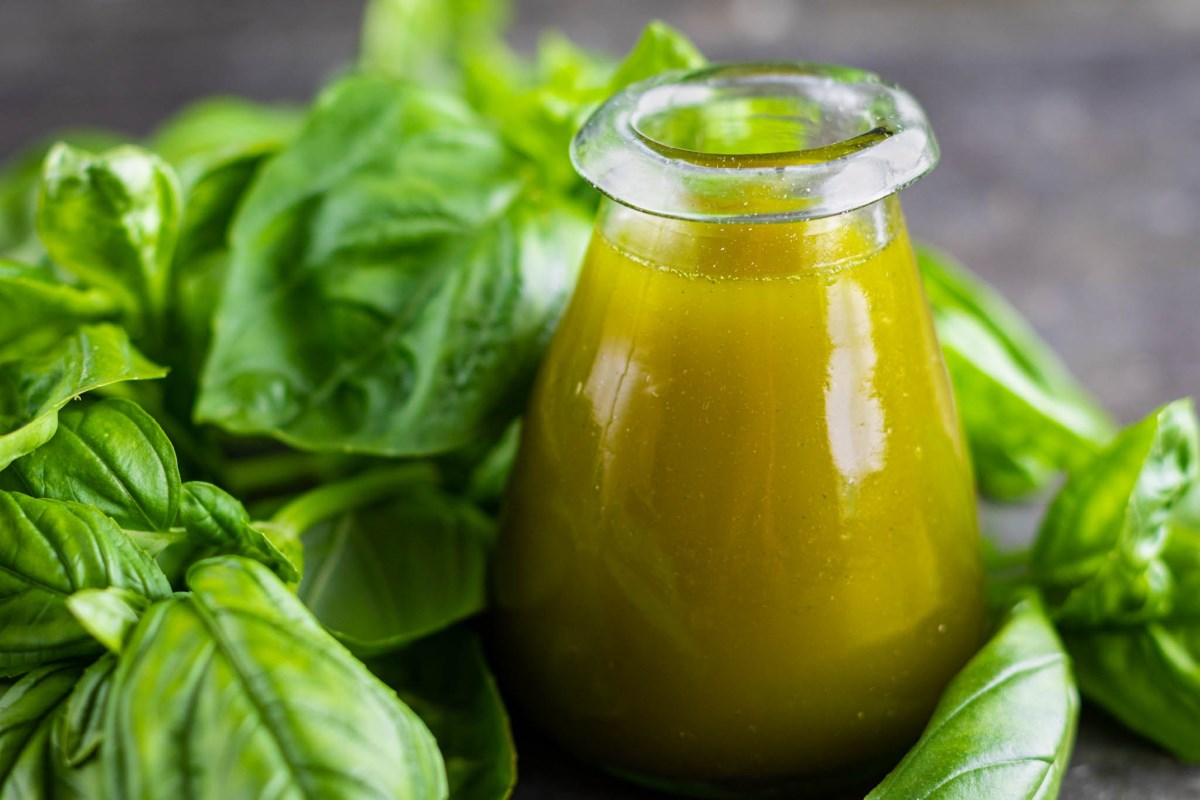
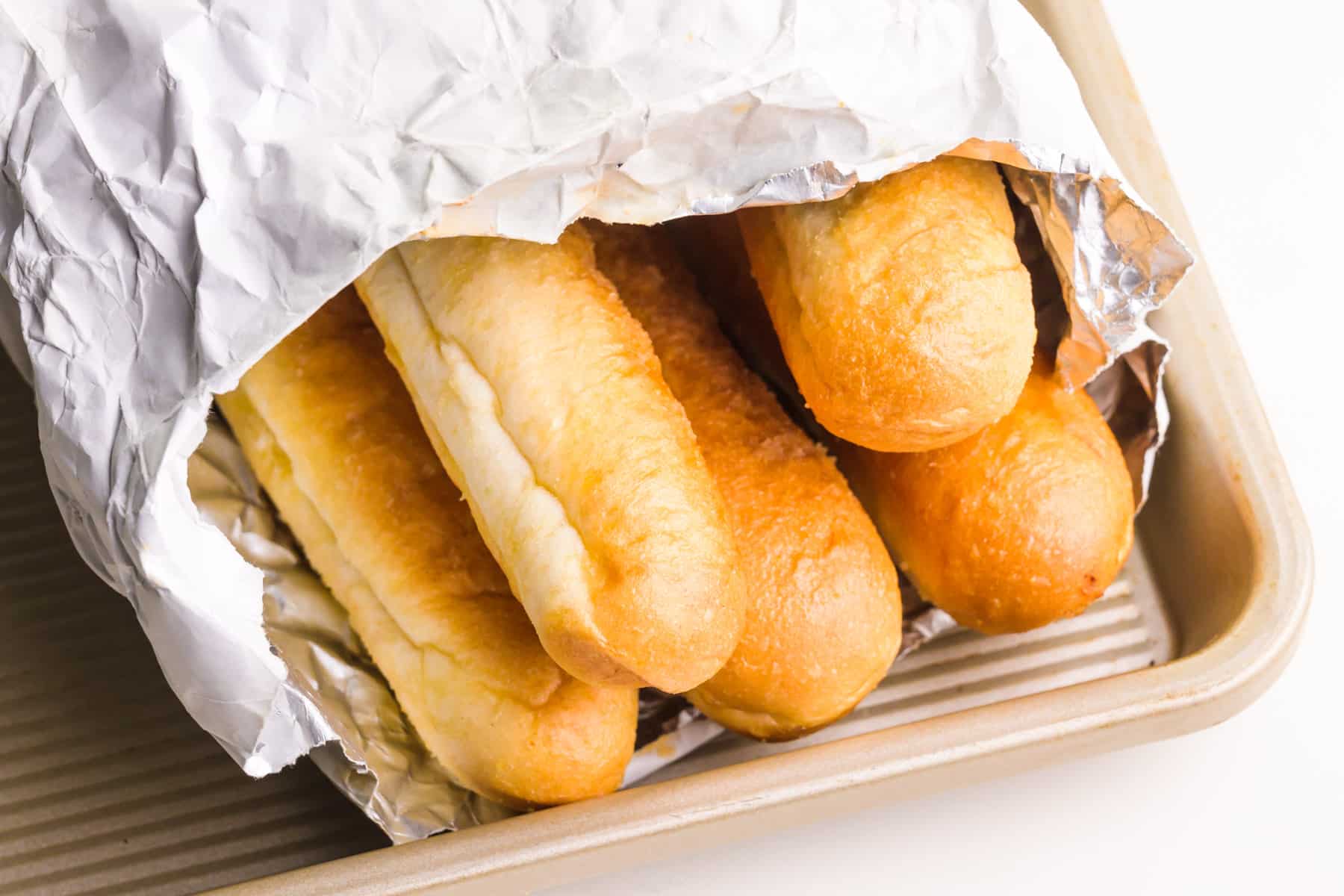

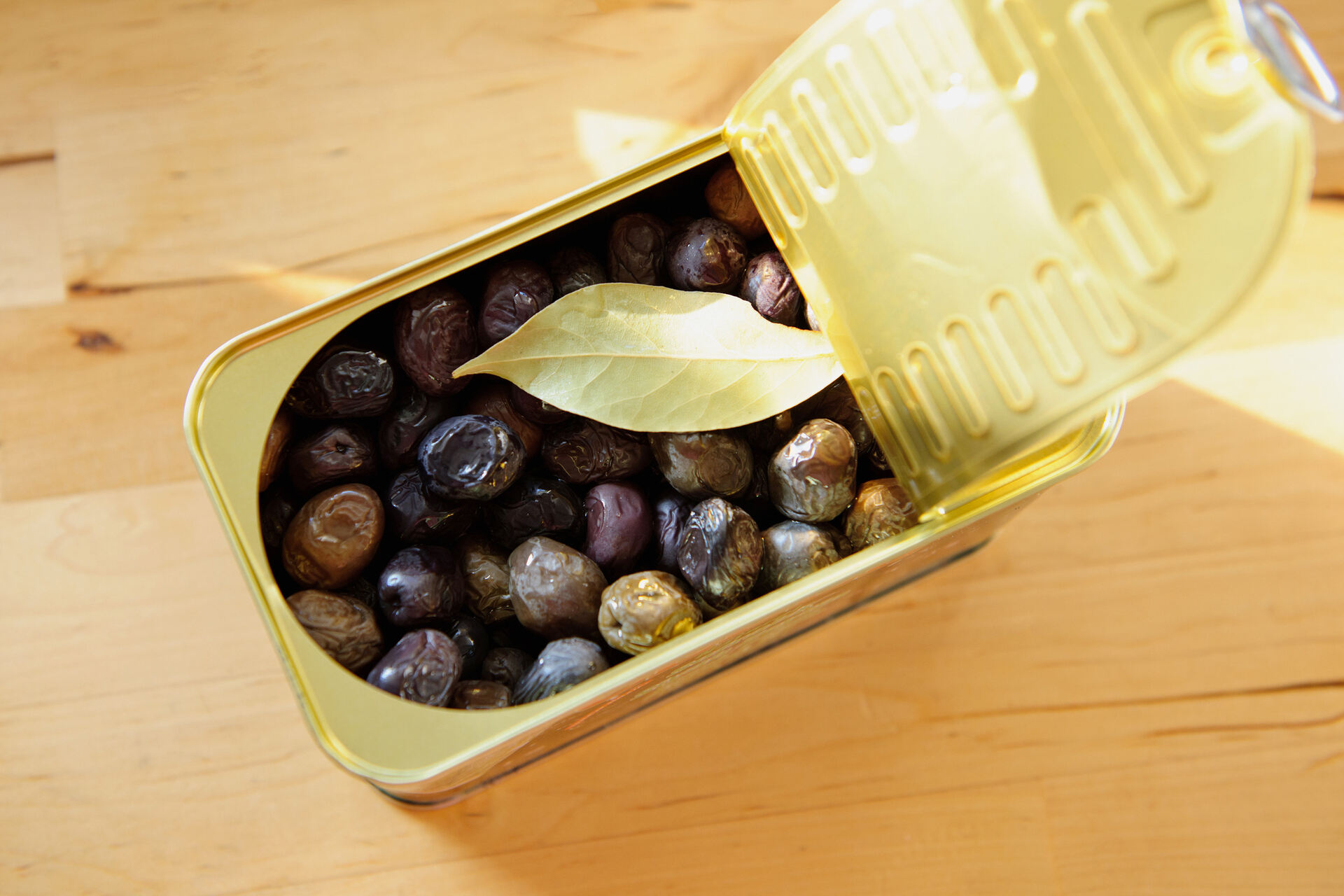
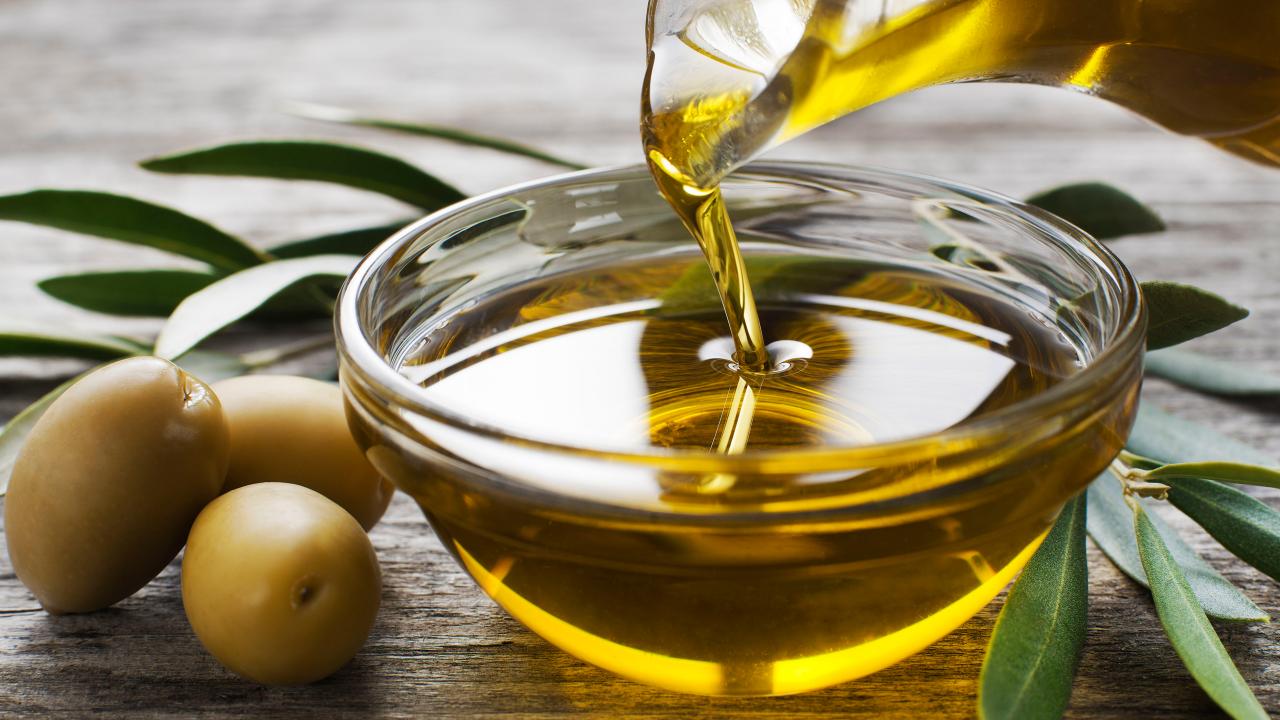
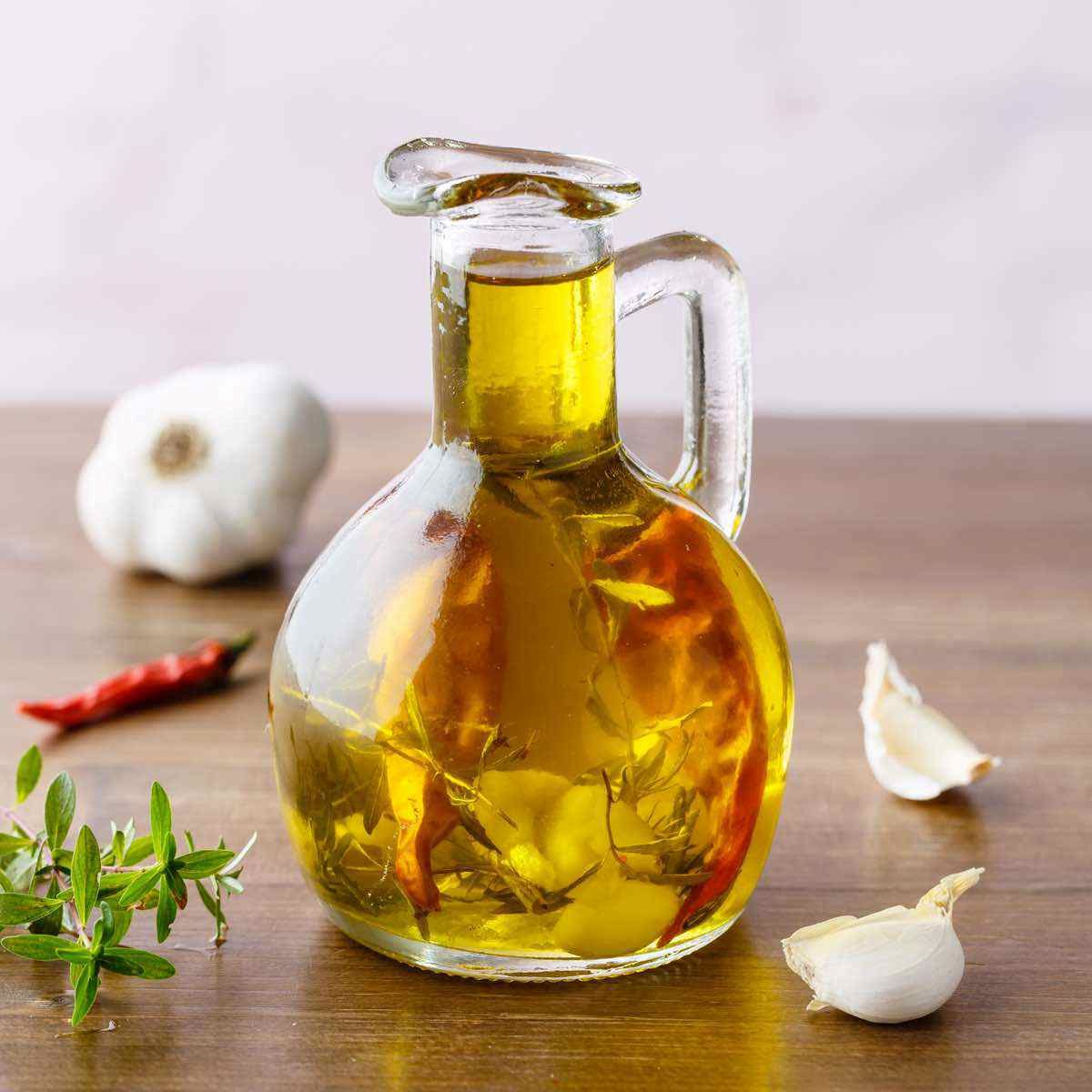

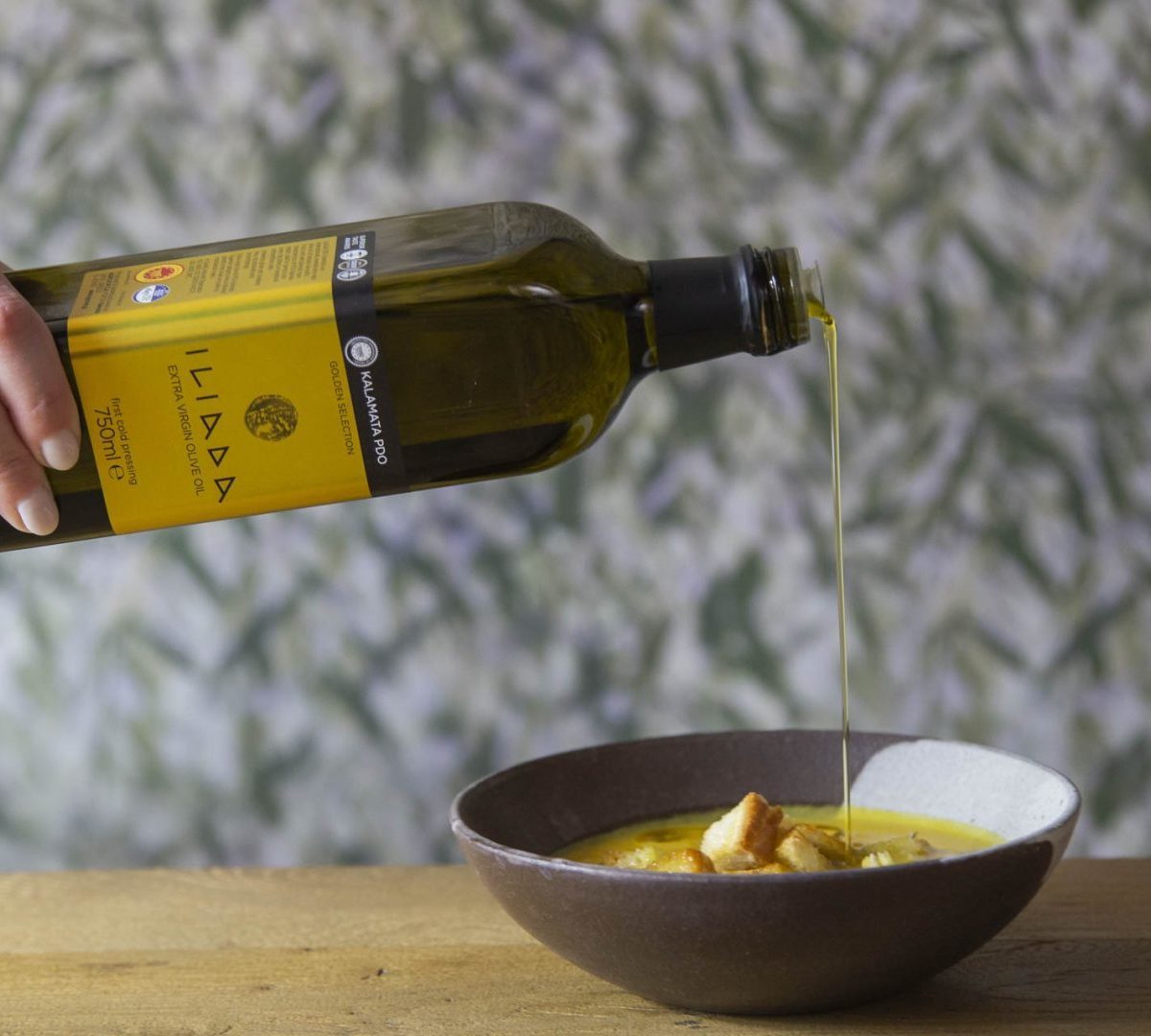
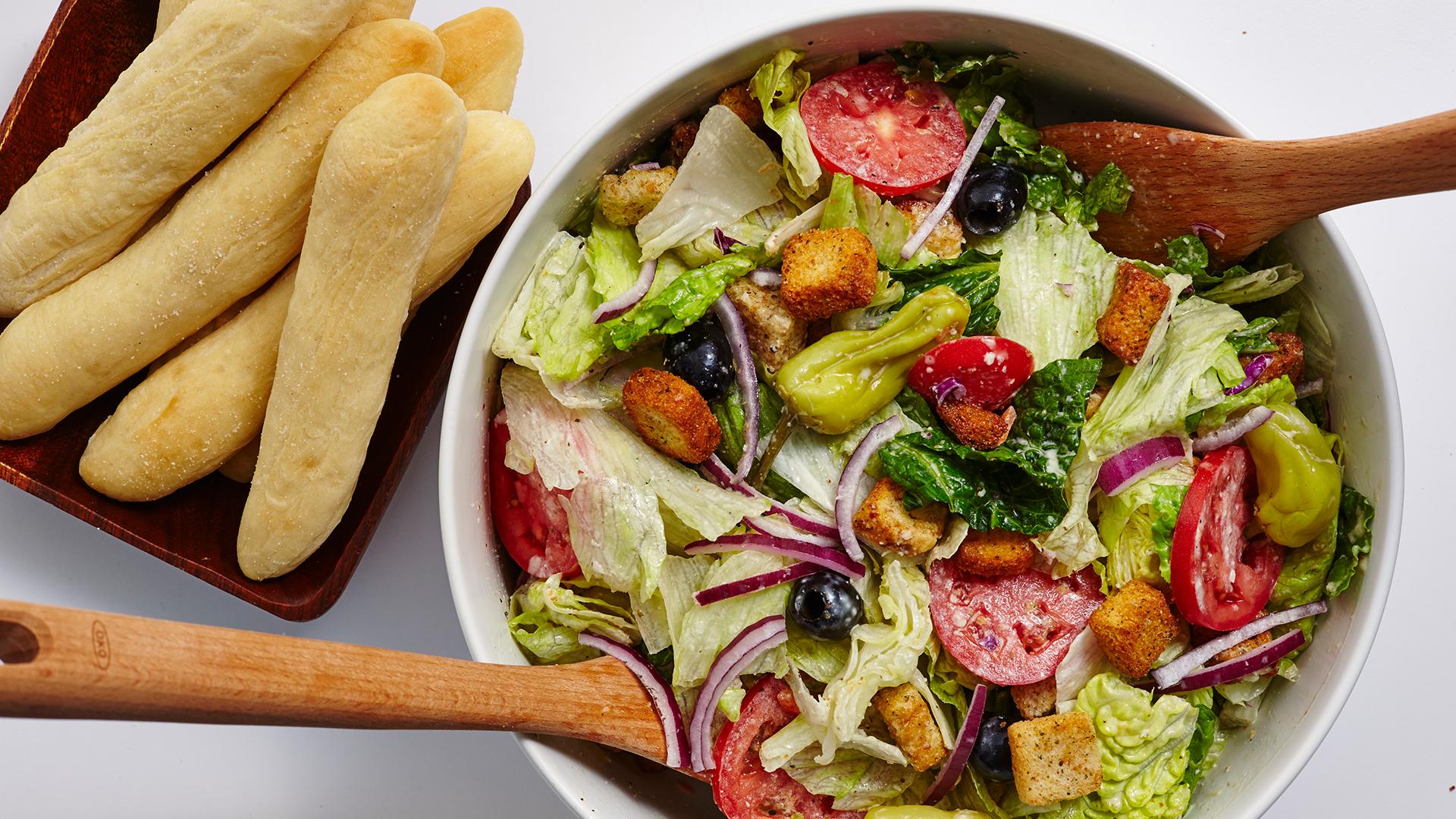
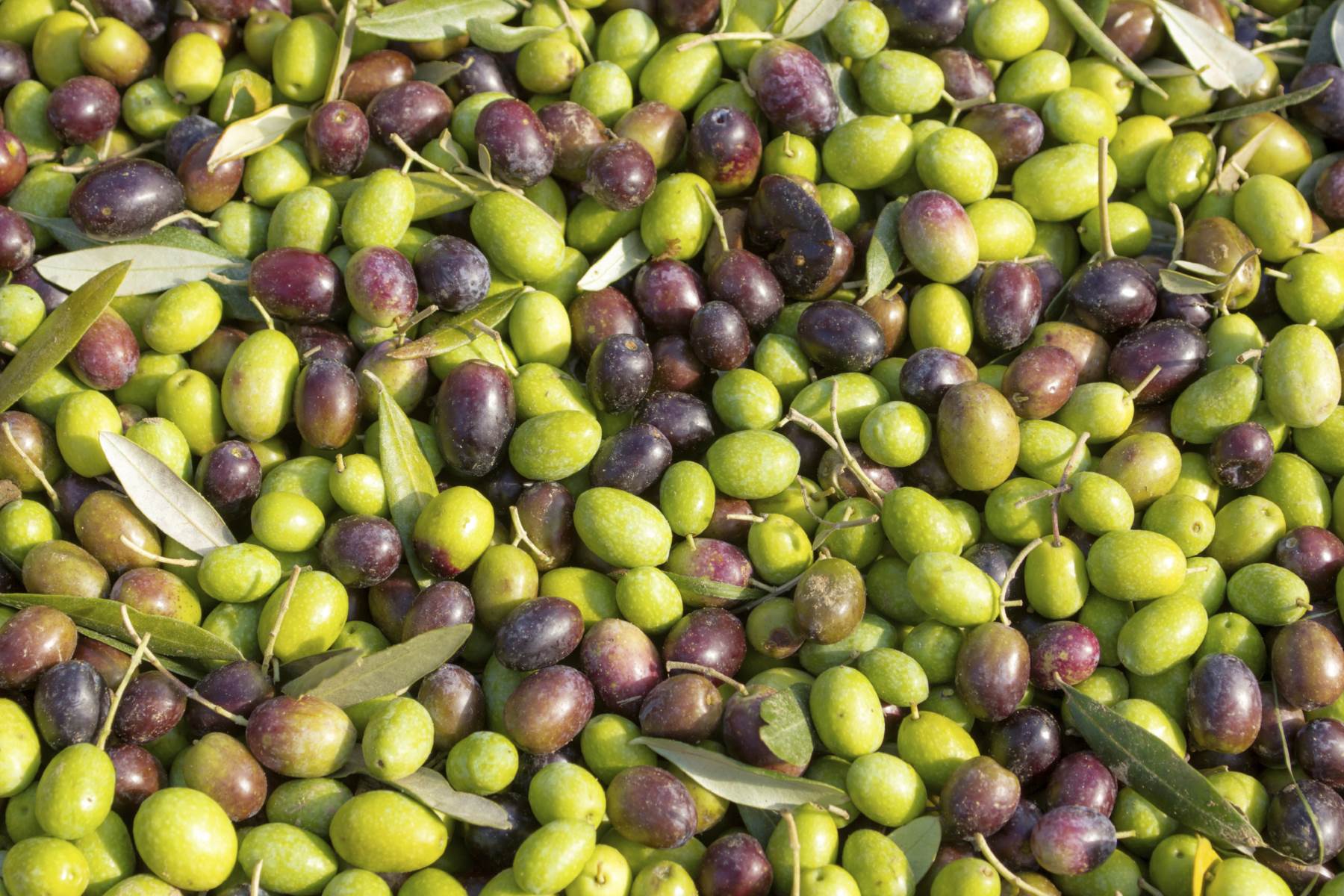
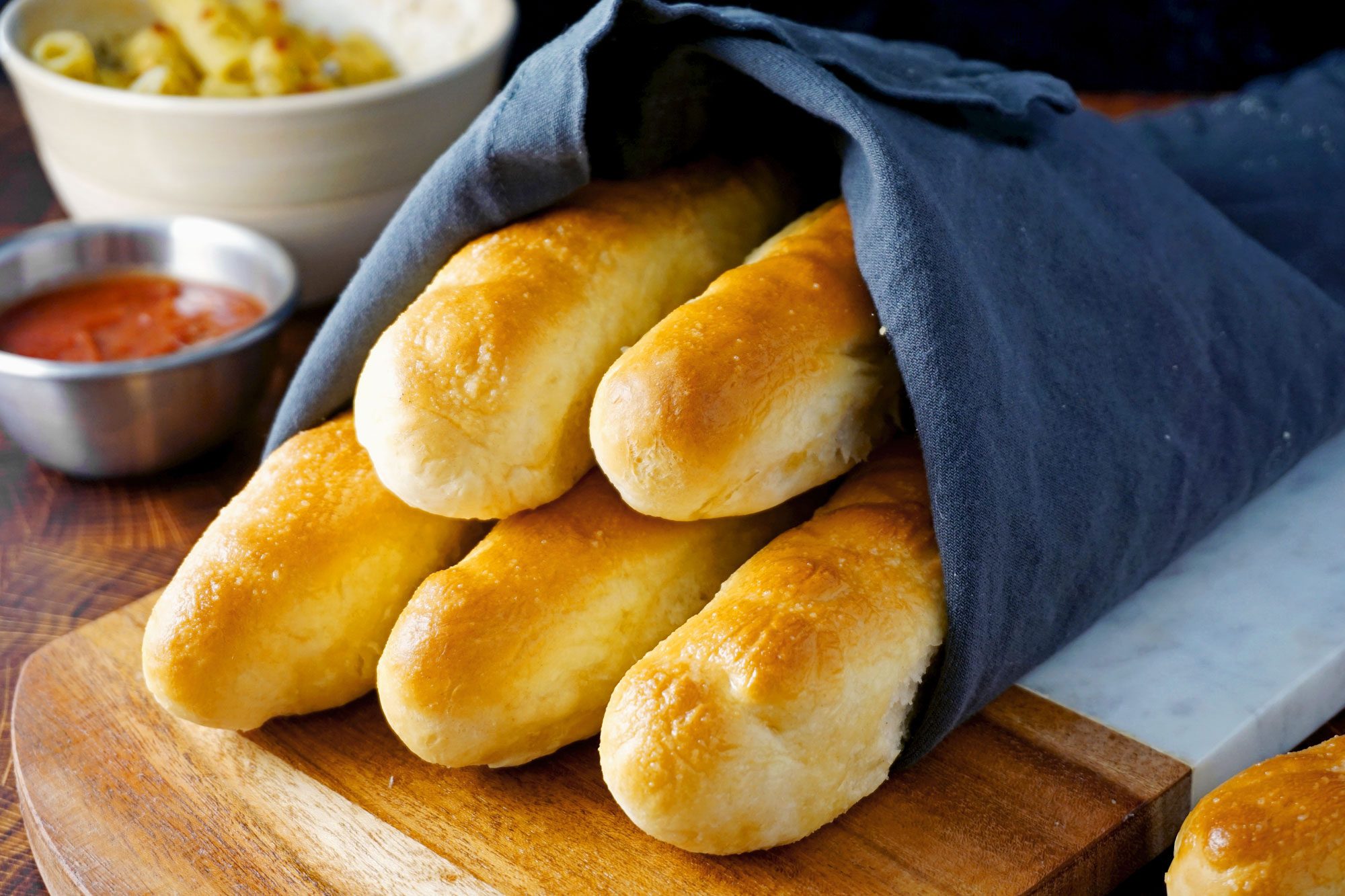
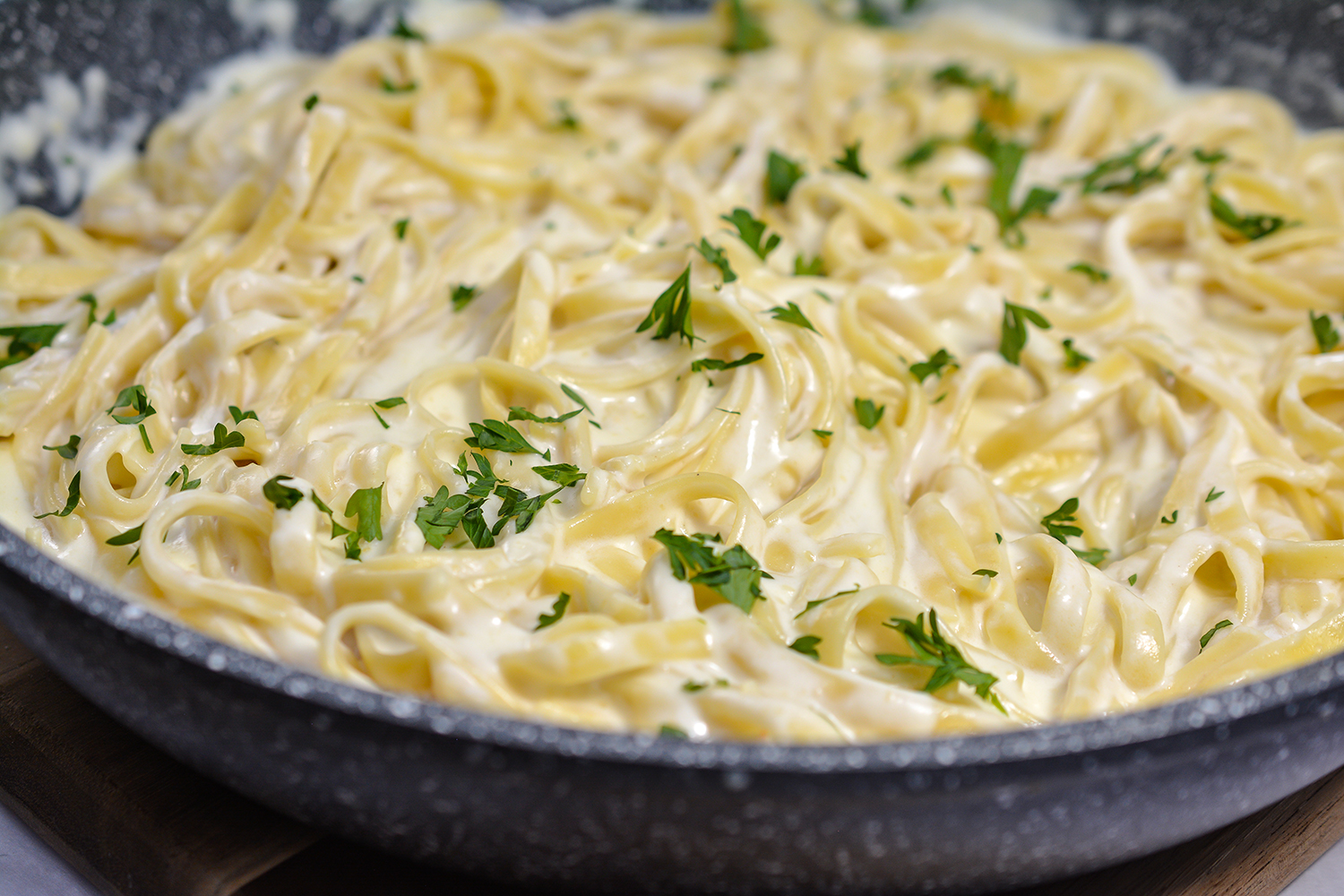
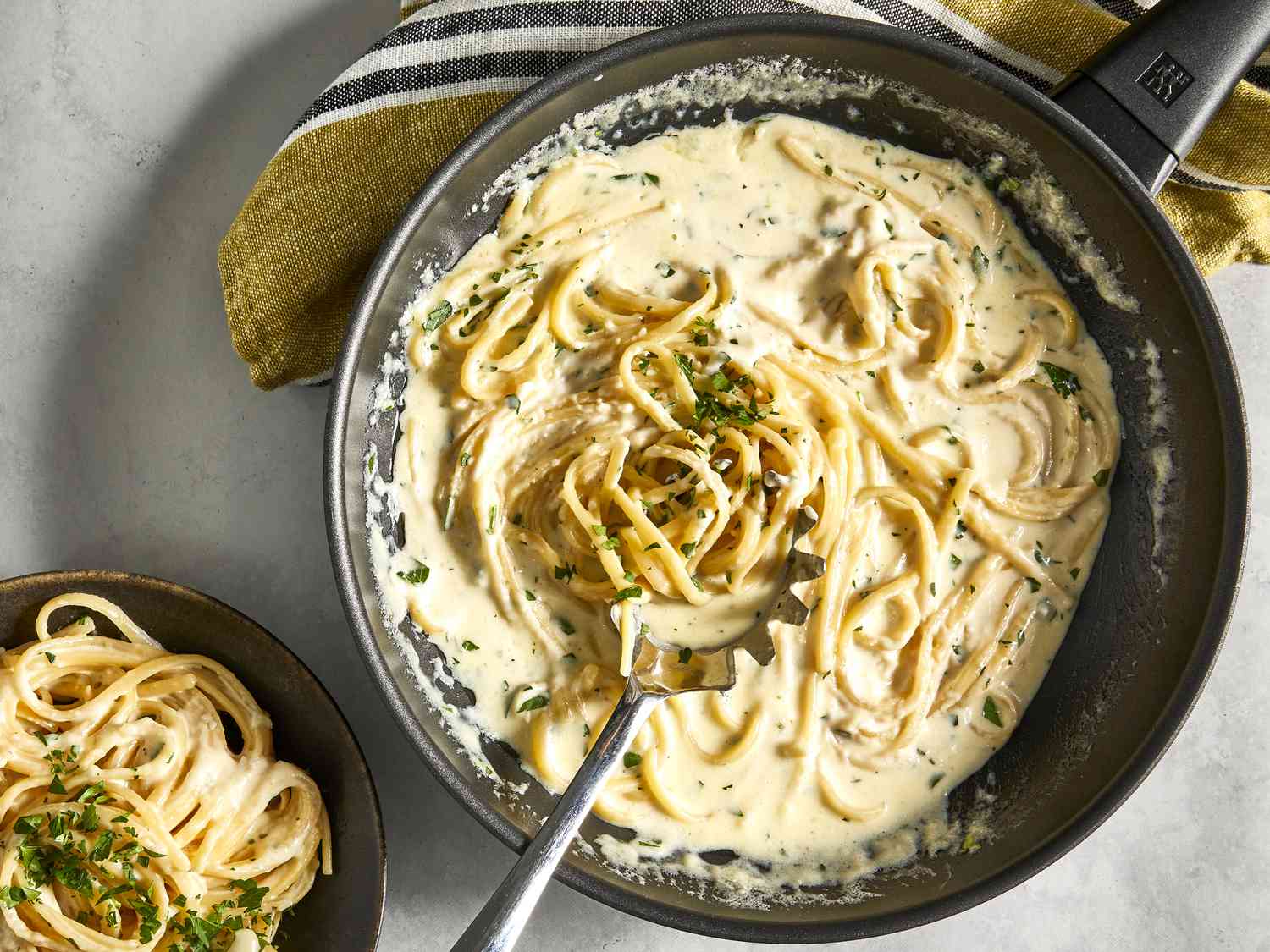

0 thoughts on “How To Store Olives”